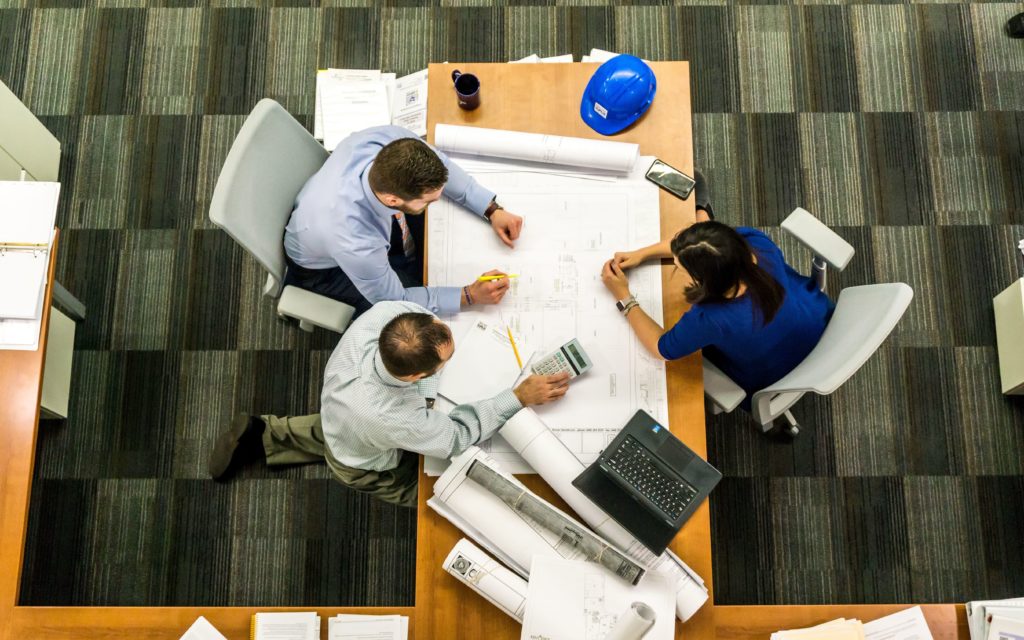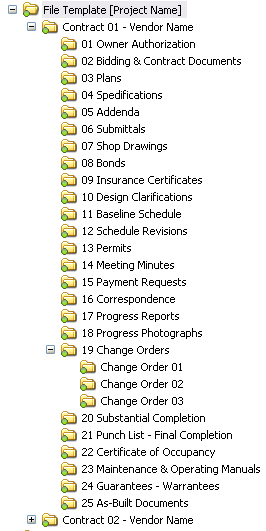Enhancing Process Effectiveness: Architect's Specialist Methods for Building Document Monitoring
In the realm of architectural style and construction, the thorough administration of documents stands as a cornerstone for task success. Designers use different strategies to improve operations effectiveness and simplify building record administration procedures. From proficient company techniques to the combination of joint platforms and the execution of protected information management services, engineers navigate an intricate landscape of techniques and tools. In the middle of this complexity, a pick few specialist methods have actually arised as vital in optimizing process performance. These techniques not just guarantee smooth task progression yet likewise hold the vital to unlocking boosted productivity and accuracy in the complex realm of building and construction file management.
Secret Paper Company Strategies
When managing building files, one of the essential strategies that architects utilize is establishing a methodical and efficient company system. This system normally involves categorizing records based on their kind, such as illustrations, specifications, contracts, and permits. By producing clear and unique groups, designers can swiftly find certain info when needed, saving time and reducing errors in the building process.
Within each classification, architects better organize records by producing subfolders or using numbering systems to represent revisions or variations (construction document management). This ordered framework makes certain that one of the most existing and appropriate details is quickly obtainable while keeping a record of adjustments made throughout the job timeline
Furthermore, engineers often make use of digital document administration systems that provide functions like keyword search features, variation control, and access limitations to boost company and cooperation among job stakeholders. These devices streamline the file access process, promote real-time updates, and assist in seamless interaction, inevitably adding to the total success of the building and construction task.
Collaborative System Combination
To enhance file management efficiency in building and construction tasks, engineers effortlessly integrate collaborative platforms to boost interaction and enhance sychronisation among project stakeholders. By leveraging joint platforms such as project management software program, cloud-based storage systems, and communication devices, engineers can produce a centralized center for all project-related papers and interaction channels. These systems permit team members to accessibility, evaluation, and work together on documents in real-time, reducing hold-ups and the risk of mistakes related to conventional document monitoring techniques.
Collaborative platform assimilation also promotes openness and accountability within the task team, as all stakeholders have exposure right into the newest task updates and alterations. By centralizing communication and paper sharing, engineers can ensure that all employee are functioning from the most updated details, decreasing the chances of misunderstandings or problems occurring because of obsolete records.
Furthermore, collective systems allow smooth cooperation in between architects, specialists, customers, and various other project stakeholders, promoting a much more effective and cohesive task operations. By breaking down communication barriers and assisting in details exchange, engineers can drive performance and innovation in construction projects, ultimately resulting in successful job results.
Version Control Best Practices
Carrying out efficient version control methods is important for keeping record precision and consistency in construction jobs. By developing a clear system for taking care of alterations, task groups can make certain that every person is functioning from one of the most up-to-date documentation, decreasing the risk of errors and inconsistencies during the building phase.
One of the essential best practices for version control is to assign unique identifiers to each record variation. This can be accomplished by using a numbering system or date stamp that plainly suggests the order of modifications. By plainly classifying each version, employee can conveniently track the progression of the file and identify one of the most current version.

Automation Devices for Performance

File control software application, like Procore or PlanGrid, systematizes task documents, making it conveniently accessible to all stakeholders. These platforms allow for real-time collaboration, version control, and automated backups, protecting against data loss. Furthermore, Building Info Modeling (BIM) software application automates the generation of building drawings and makes sure that modifications click here to read are integrated throughout all associated papers.
Integrating automation tools with cloud storage solutions further enhances accessibility and safety and security. By automating the paper administration process, project teams can concentrate their effort and time on value-adding tasks, inevitably enhancing efficiency and project outcomes.
Secure Information Monitoring Solutions
Efficiently managing and guarding project information is vital in the building and construction industry to ensure privacy and integrity throughout the job lifecycle. Architectural companies can utilize encrypted cloud storage space solutions to securely share and keep task files with accredited workers.
In addition, utilizing electronic rights administration (DRM) devices adds an added layer of safety by preventing the unauthorized circulation or replication of job records. Regular information back-ups are necessary to minimize the risk of data loss as a result of unanticipated circumstances important link like equipment failures or cyber-attacks. Joint platforms with integrated safety and security attributes enable seamless interaction and documents sharing among task employee while keeping information stability.
Verdict
In final thought, applying essential record organization techniques, integrating collective platforms, exercising variation control best methods, using automation devices, and taking on safe and secure data management options are essential approaches for enhancing workflow efficiency in building paper administration. These experienced methods can enhance processes, enhance communication, guarantee accuracy, and maintain data security throughout the construction project lifecycle.
In the world of building layout and construction, the meticulous monitoring of papers stands as a foundation for project success. These strategies not just guarantee smooth job progression yet likewise hold the key to opening improved productivity and accuracy in the elaborate realm of building and construction paper administration.
To optimize paper administration performance in building projects, engineers perfectly incorporate collective systems to improve interaction and enhance coordination among task stakeholders. These platforms permit team participants to access, testimonial, and collaborate on records in real-time, decreasing hold-ups and the danger of mistakes associated with typical document monitoring techniques.
Making use of automation devices in building and construction paper management dramatically improves performance and streamlines processes for task teams. construction document management.
Comments on “Understanding Organization: Enhance Efficiency with Construction Document Management”